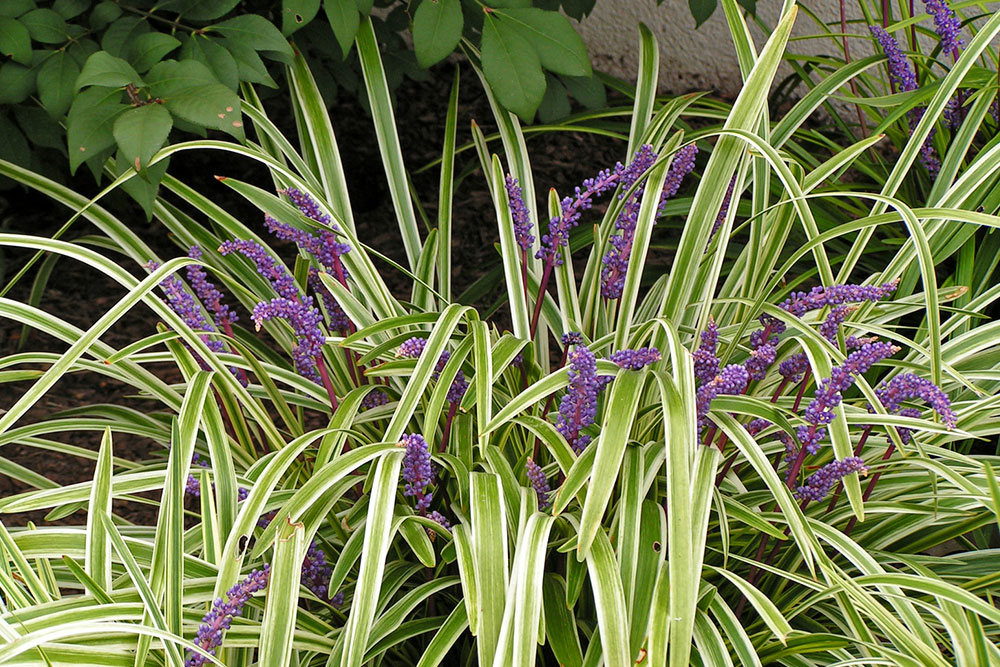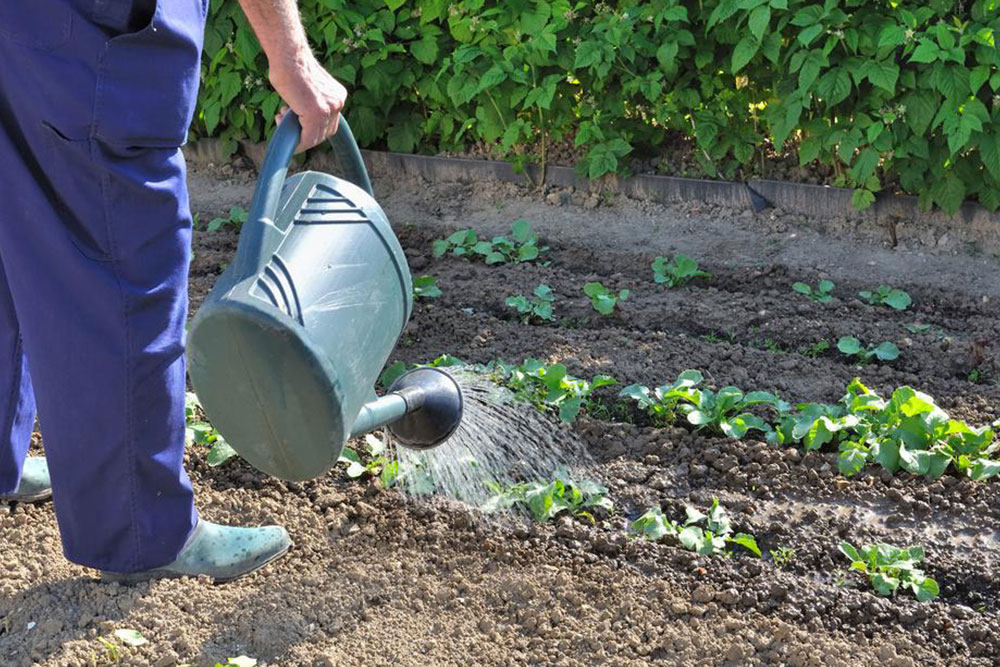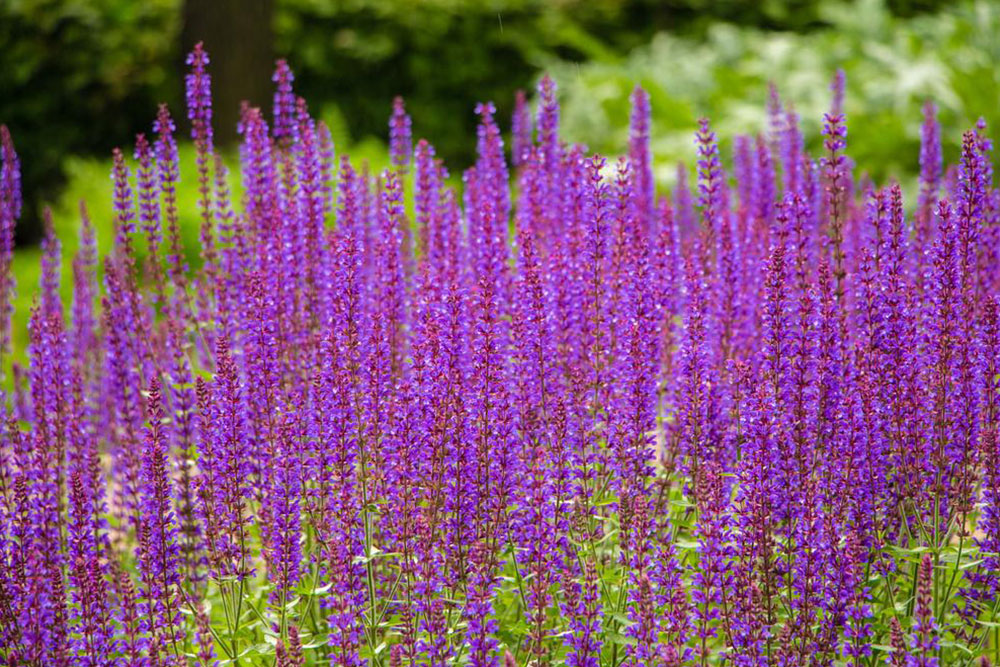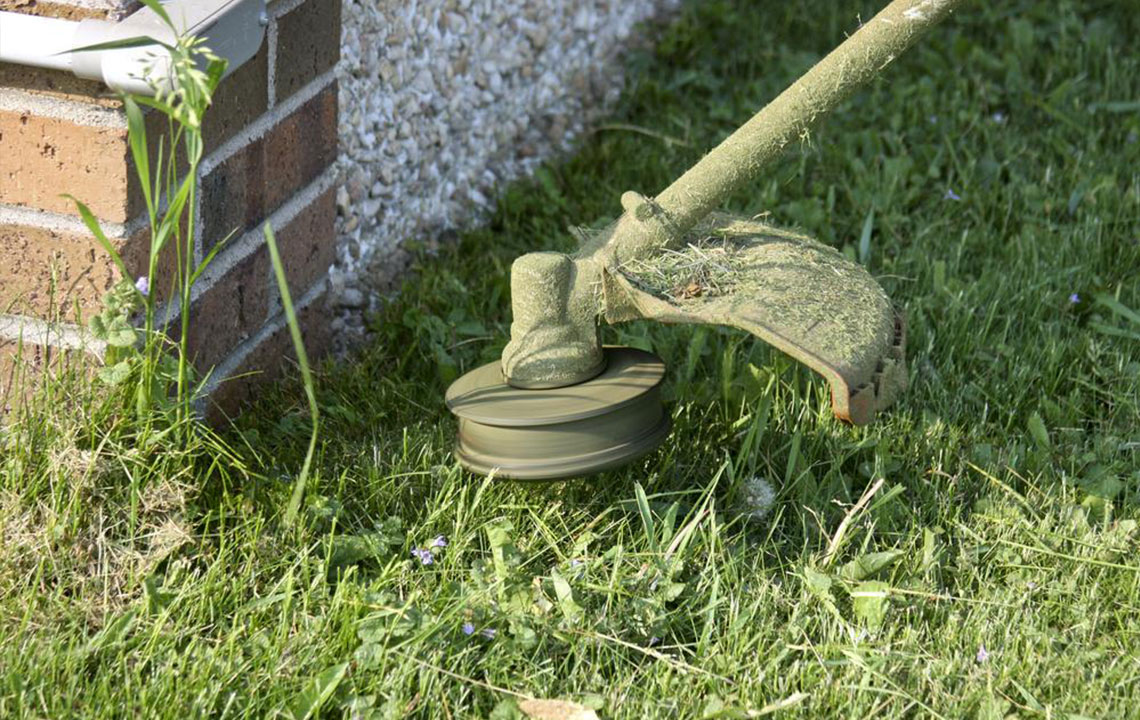Effective Strategies to Remove Fountain Grass from Your Garden
Discover practical and effective methods to eliminate fountain grass, from manual removal to chemical treatments and planting alternatives. Proper maintenance ensures a neat garden and prevents invasive growth. Learn how to control and replace fountain grass safely and efficiently.
Sponsored

Fountain grass ( Pennisetum alopecuroides ) is a perennial ornamental grass commonly found along woodland roadsides. It prefers full sun but can grow with some shade. Its seeds are dispersed by wind, water, and human activity. This fast-growing plant can withstand drought, invade land, threaten biodiversity, and increase fire hazards.
Methods to Eliminate Fountain Grass
1. Hand-Pulling
Removing small fountain grass plants manually is straightforward, especially when the soil is moist. For larger plants, mower or cut back first, then dig out the roots. Covering the remaining stubs with cardboard or plastic suffocates them. Burning can be an option if safe and permitted, but caution is essential due to fire risks.Ensure all plant debris, especially seed heads, are properly disposed of to prevent further spread. Removing seedlings early prevents them from establishing and spreading again.
2. Replacing with Other Plants
Since removing fountain grass disturbs the soil and risks invasive regrowth, planting hardy, competitive plants can help prevent its return. Incorporate native shrubs or ground covers that establish strong roots to outcompete fountain grass.3. Chemical Control
Herbicides like glyphosate offer a quick solution but require careful application to avoid harming desirable plants. Apply on dry, windless days and follow manufacturer instructions precisely. Combining physical removal with herbicide application, along with pre-emergent treatments, can effectively control regrowth. For those seeking professional assistance, landscaping services can handle extensive infestations, with costs varying based on size and complexity.Pruning and Maintenance
Fountain grass is often used ornamentally, but regular pruning is crucial to keep it attractive and prevent overgrowth. Prune just before spring growth, using sharp tools to trim about six inches above ground. Collect cuttings and dispose of them properly, either composting or in biodegradable bags. Regular removal of dead or dense foliage promotes healthy growth and reduces fire risk. For a controlled ornamental display, consider using non-seeding hybrid varieties like Cenchrus advena to prevent uncontrolled spread.





